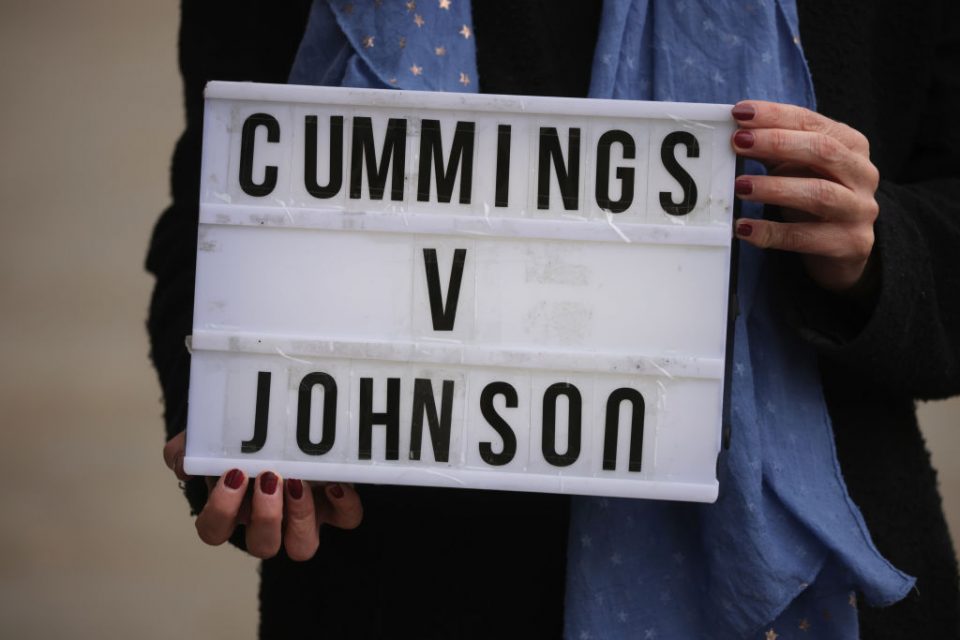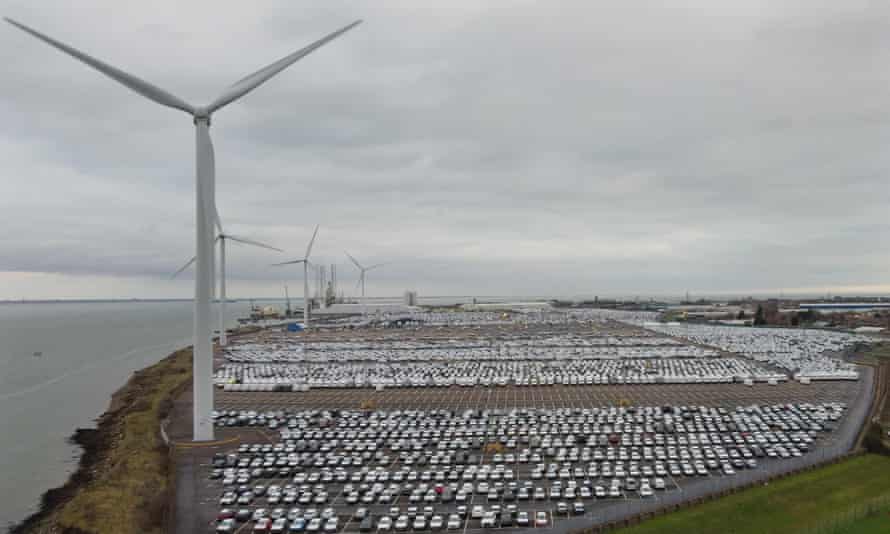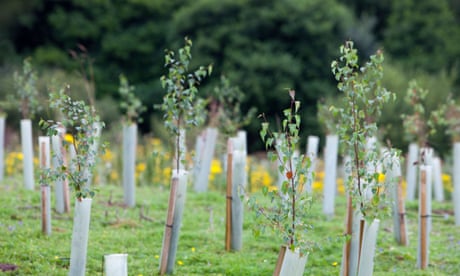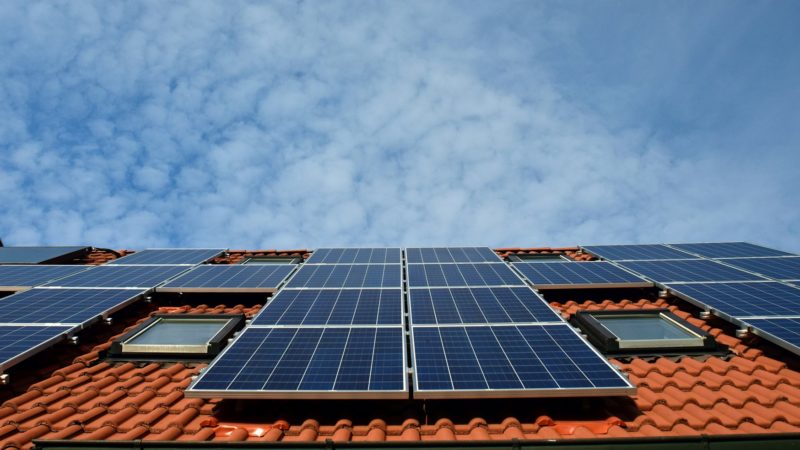
Dominic Cummings has claimed Boris Johnson did not take the virus seriously even in February 2020, with the Prime Minister calling Covid-19 a “scare story”.
He said “senior officials and advisers such as me fell disastrously short” of expected standards during February and March of 2020 and that thousands died “unnecessarily” as the government had no plan at all for the pandemic.
Read more: Cummings Confessional: Your bingo card ahead of former No.10 aide’s Westminster tell-all
Johnson’s former top aide, who apologised for the government’s slow pandemic response, said herd immunity was Downing Street’s strategy up until mid-March and that health secretary Matt Hanock lied when he said it was never the plan on 15 March 2020.
Cummings told MPs this morning that the government was not spending much time on Covid-19 in January or February last year, saying that Boris Johnson saw it as a “scare story” and “the new swine flu”.
He said other top Downing Street advisers “were literally skiing in the middle of February” and that “it wasn’t until the last week of February that there was any sense of urgency across the Cabinet Office”.
The Prime Minister reportedly said in February 2020: “I’m going to get Chris Whitty to inject me with Covid so everybody knows there’s nothing to be frightened of.”
Cummings is facing MPs on a joint session of parliament’s Health and Science committees in a marathon session in which Johnson, the Department of Health and Hancock have been blamed for Covid failures.
Cumming said the government’s initial Covid plan was herd immunity lock and to not lock down down hard as eventually happened.
The rationale behind this is that it a lockdown would prolong the first peak of Covid-19 in order to get herd immunity and avoid a second peak in winter 2020 that could be worse, he said.
He said “Hancock himself and the chief scientific and medical officers were briefing journalists on the week of the 9th [March] that this is what the plan is”.
The former Number 10 aide said “by 11 and 12 [March] we’d already gone terribly wrong” and that he had began to call for a lockdown.
“Me and others realised the system was delaying [stricter Covid measures], because there’s not a proper plan in place,” he said.
Read more: Dominic Cummings to say PM said ‘Covid is only killing 80-year-olds’ to delay lockdown
“The justification was ‘it doesn’t matter if it’s now or in a week’s time’. The logic doesn’t work – these things are being delayed because there isn’t preparation and planning being made.”
Cummings also recalled when former deputy cabinet secretary Helen McNamara stormed in to Number 10 during this period to say “I think we are absolutely f***ed, I think this country is heading for a disaster, I think we’re going to kill thousands of people”.
He said: “On the 14th we said ‘you are going to have to lockdown’, but there is no lockdown plan, it doesn’t exist. Sage hasn’t modeled it, the Department of Health don’t have a plan, we are going to figure it out and hack it together.”
He said this included a time when Hancock said that NHS treatments were not being delayed when they in fact were.
Cummings also said it was “crackers” Johnson was Prime Minister.
“Any system which ends up giving a choice between [Boris Johnson and Jeremy Corbyn] to lead is obviously a system that has gone extremely badly wrong,” he said.
“In any sensible rational government it is complete crazy that I should have been in such a senior position in my personal opinion.
“I’m not smart, I’ve not built great things in the world, it’s completely crackers that someone like me should have been in there just the same as it was crackers Boris Johnson was in there.”
Read more: Top UK civil servant wanted to run Covid ‘chicken pox parties’ in March 2020
Downing Street has said: “There is a huge task for this government to get on with. We are entirely focused on recovering from the pandemic, moving through the roadmap and distributing vaccines while delivering on the public’s priorities.
“Throughout this pandemic, the government’s priority has been to save lives, protect the NHS and support people’s jobs and livelihoods across the United Kingdom.”









